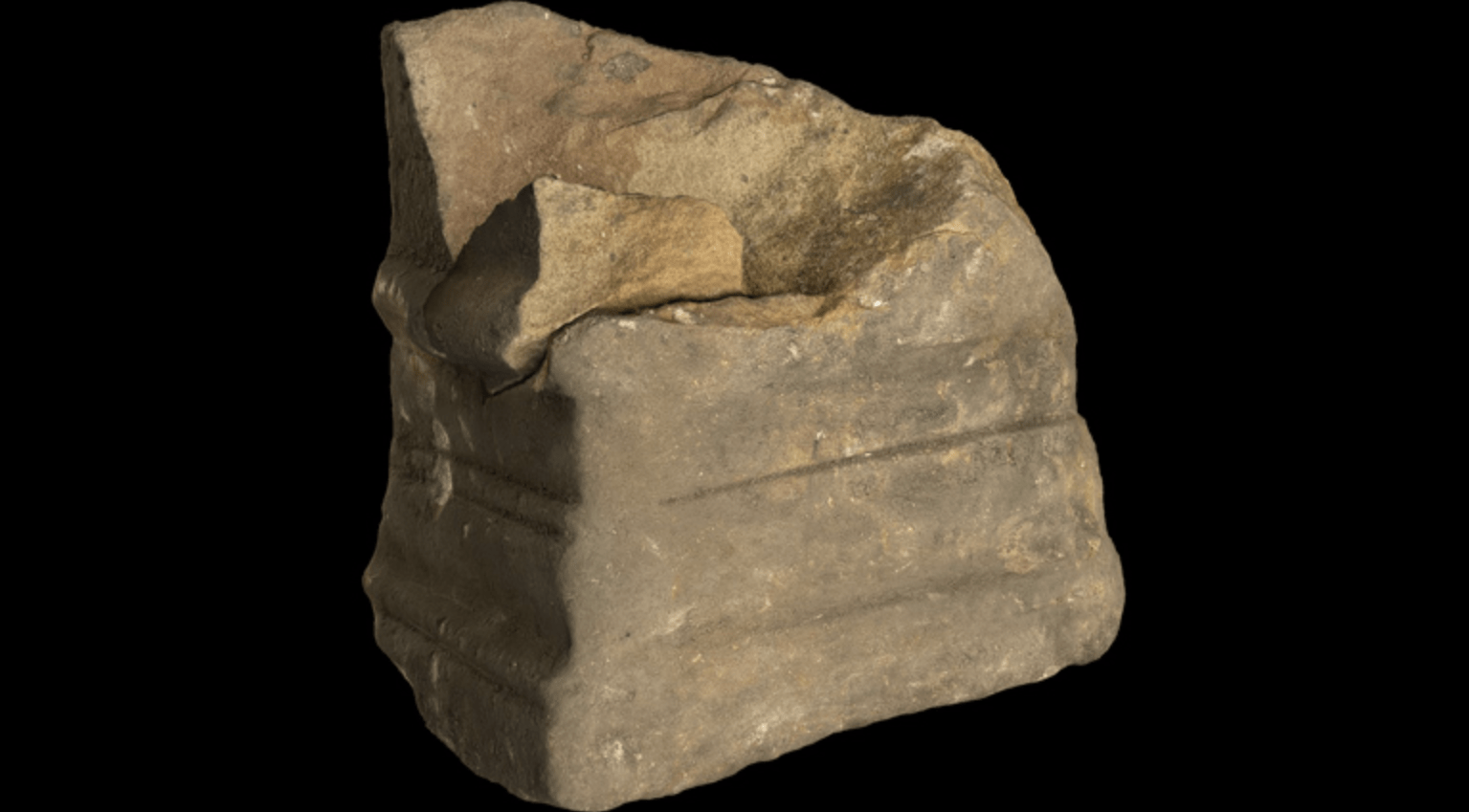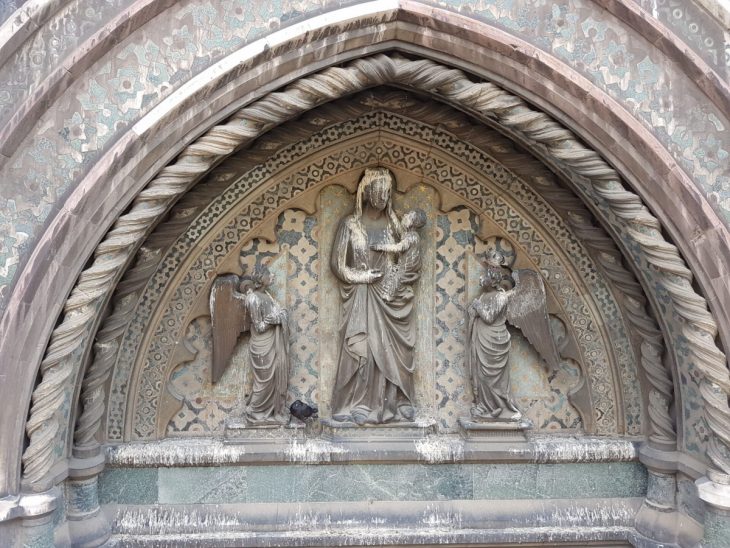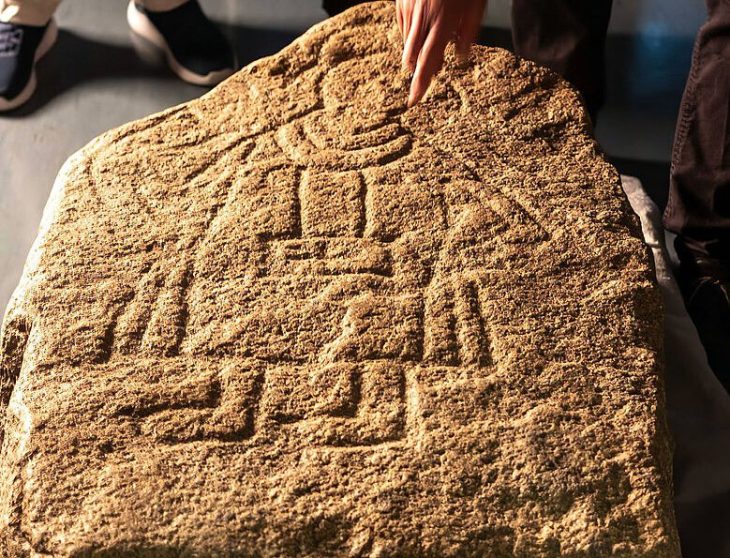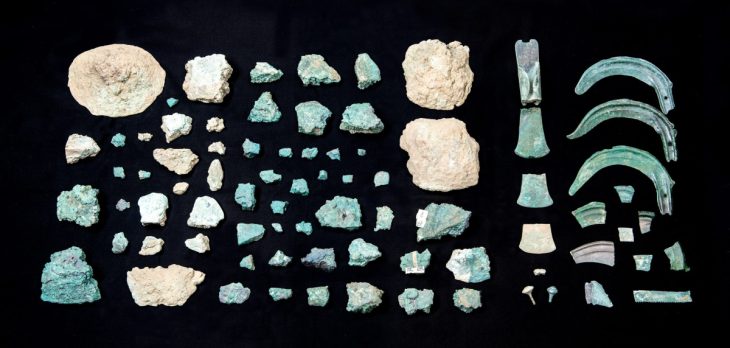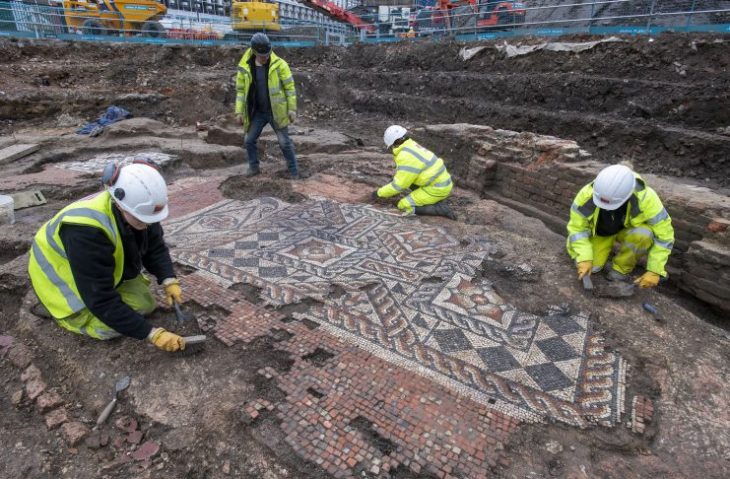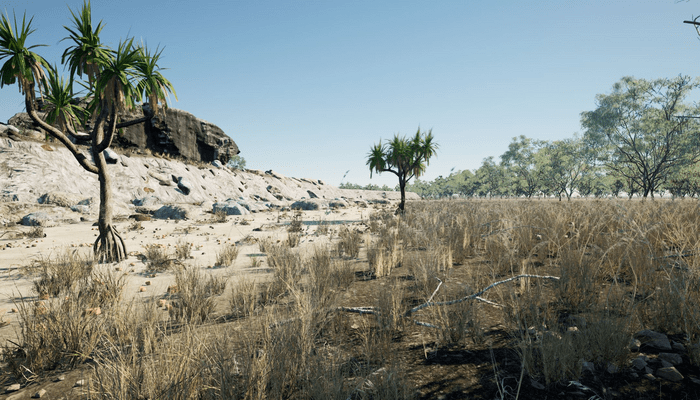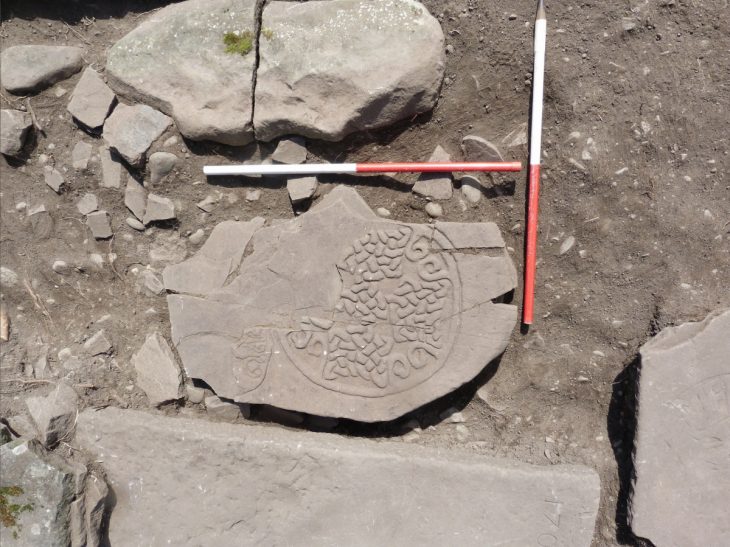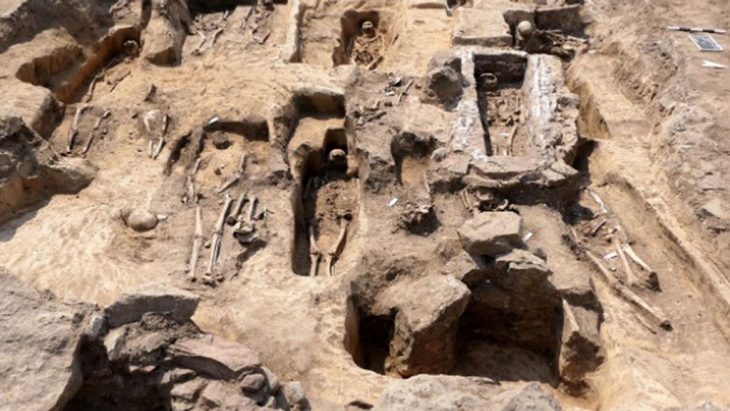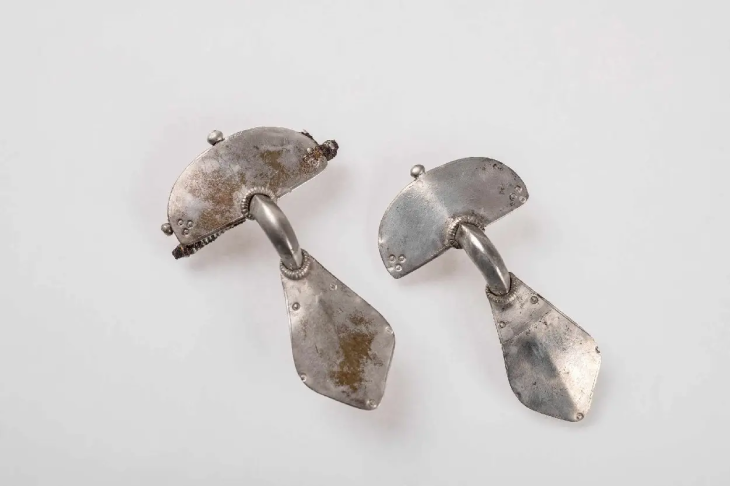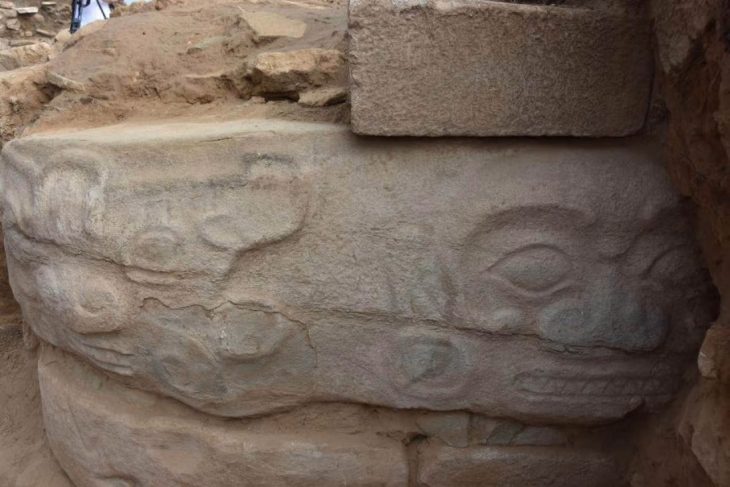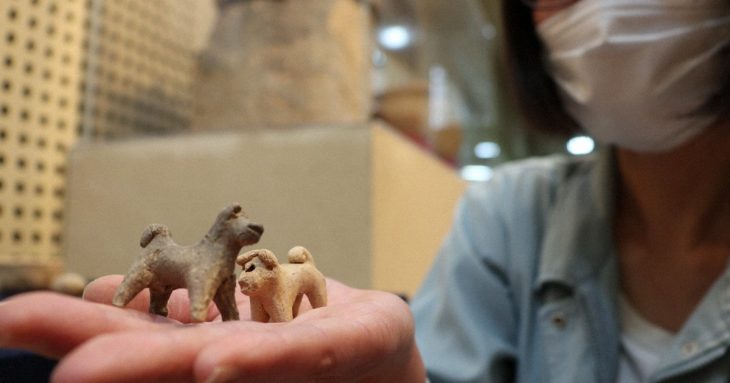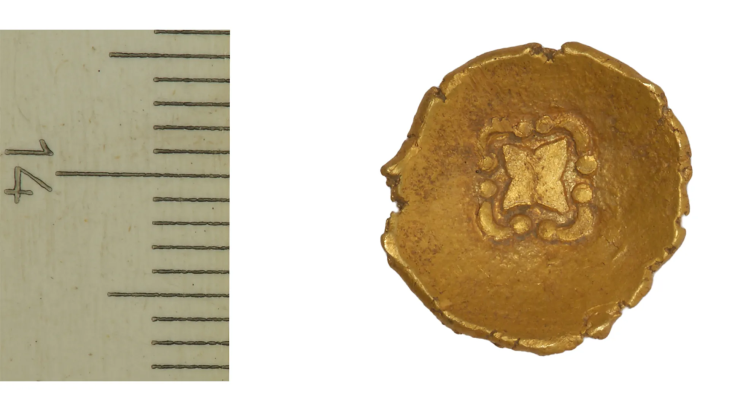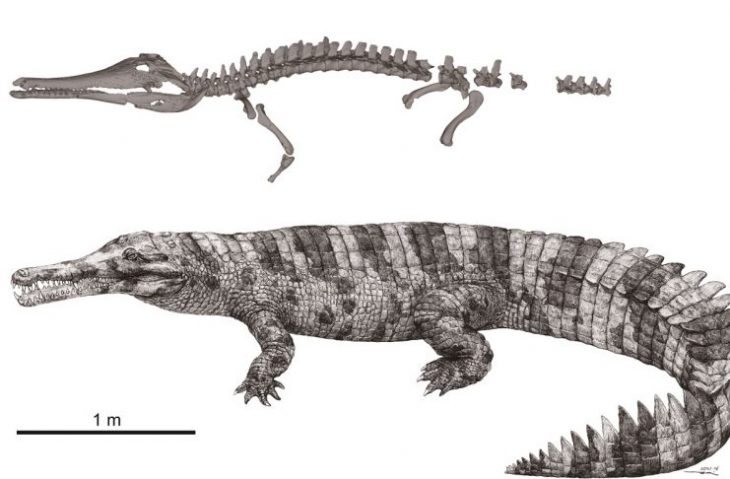Excavations by the University of Leicester archaeologists for have uncovered evidence that the site of Leicester Cathedral has been used for worship and religious observance for nearly 1,800 years.
In order to make room for the construction of a visitor and learning center, the cathedral was closed in January 2022. During excavations, which have been carried out as part of the £12.7m Leicester Cathedral Revealed project, thousands of finds have been uncovered.
The excavations revealed the cellar of a Roman building, which contained the base of an altar stone, raising the possibility that the room was a shrine or cult room.
When the archaeologists reached the Roman period level, approximately 10 feet (3 meters) below ground, they discovered evidence of a well-made semi-subterranean structure with painted stone walls and a concrete floor.
The decorative paintwork suggests that the space, which measures about four by four meters, was used as a reception room rather than a storage area, possibly within a larger structure such as a townhouse.
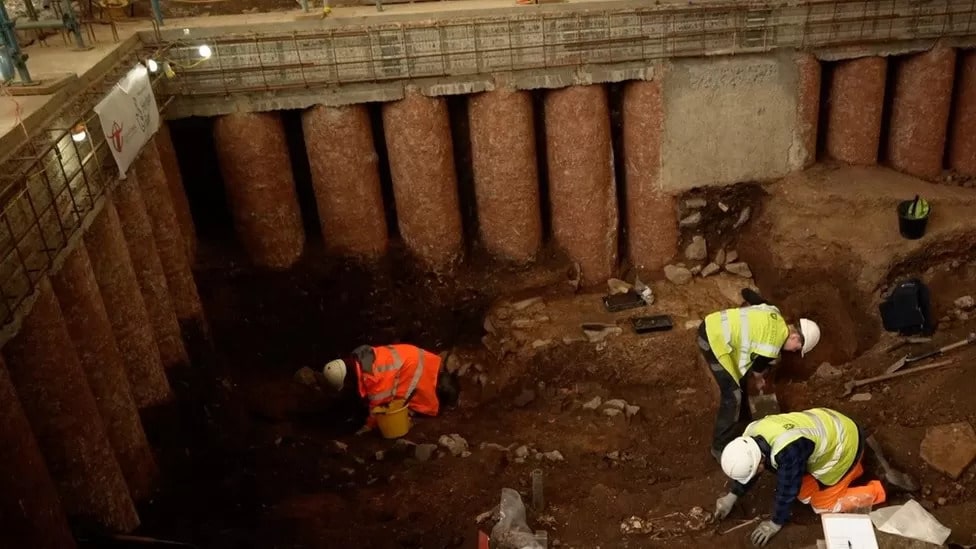
The sunken room was probably built in the 2nd century AD and was deliberately dismantled and filled in, possibly in the late 3rd or 4th century, the University of Leicester said in a press release.
They also discovered the base of an altar stone within that space, lying broken and face down amidst the rubble. The altar, which measures 25cm by 15cm and is carved from local Dane Hills sandstone, has decorative mouldings on three sides. The back is plain, indicating that it was intended to be placed against a wall. It would have originally stood taller than it was wide, perhaps around 60cm tall, but it is broken mid-shaft and the upper part of the pedestal and capital are missing.
Mathew Morris, Project Officer at the University of Leicester Archaeological Services (Ulas) who led the excavations, said: “Given the combination of a subterranean structure with painted walls and the altar we have found, one interpretation, which seemed to grow in strength as we excavated more, could be that this was a room linked with the worship of a god or gods. What we’re likely looking at here is a private place of worship, either a family shrine or a cult room where a small group of individuals shared in private worship.
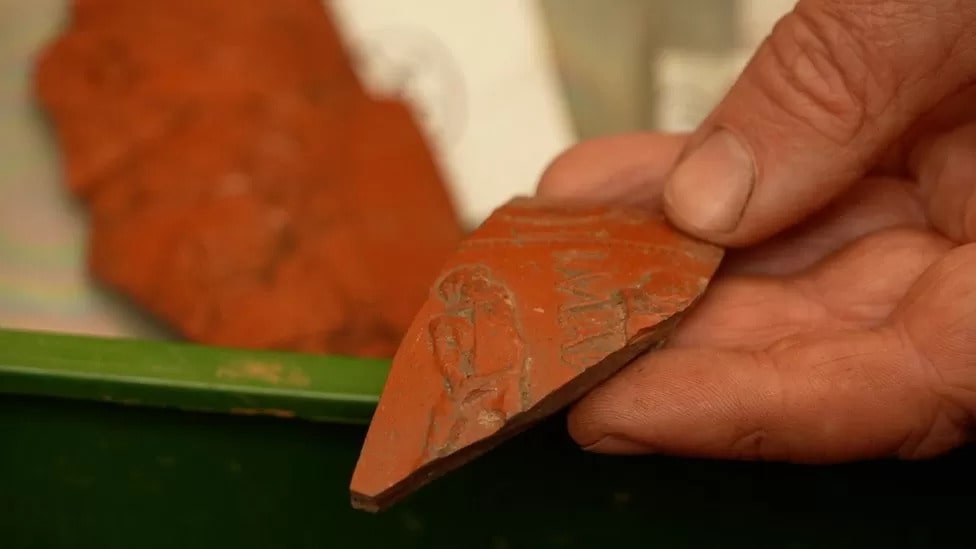
“Underground chambers like this have often been linked with fertility and mystery cults and the worship of gods such as Mithras, Cybele, Bacchus, Dionysius, and the Egyptian goddess Isis. Sadly, no evidence of an inscription survived on our altar, but it would have been the primary site for sacrifice and offerings to the gods, and a key part of their religious ceremonies.”
“The discovery of a Roman altar at Leicester Cathedral, the first to ever be found in Leicester, is an amazing find for the Leicester Cathedral Revealed project. For centuries there has been a tradition that a Roman temple once stood on the site of the present Cathedral. This folk tale gained wide acceptance in the late 19th century when a Roman building was discovered during the rebuilding of the church tower. The origins of this story have always been unclear but given that we’ve found a potential Roman shrine, along with burials deliberately interred into the top of it after it’s been demolished, and then the church and its burial ground on top of that, are we seeing a memory of this site being special in the Roman period that has survived to the present day?”
Leicester is one of the most excavated cities in Britain, and much is known about the Roman town that came before it, Ratae Corieltavorum. This most recent dig aimed to look at different facets of the city’s history and discover more about the Cathedral’s early history as a parish church. Experts will be able to trace the history of this area of Leicester back to the Victorian era, as well as Medieval, Saxon, Roman, and possibly even early Iron Age settlement.
Cover Photo: University of Leicester

